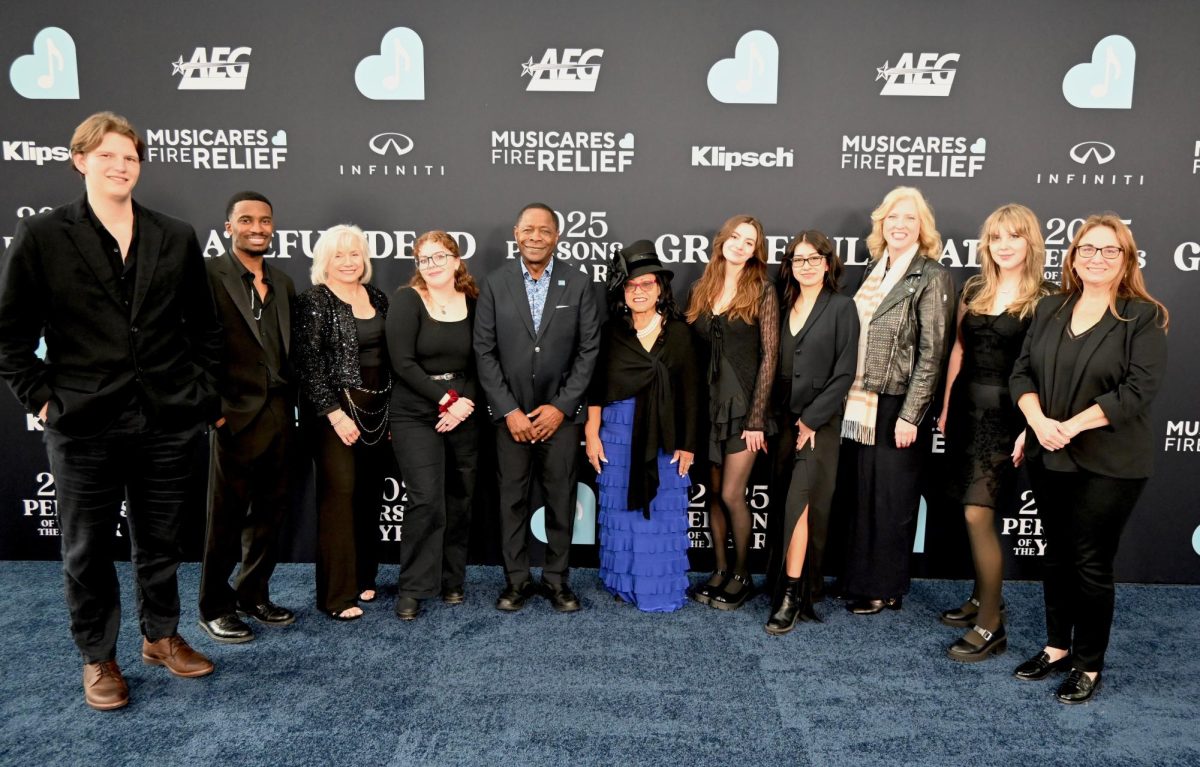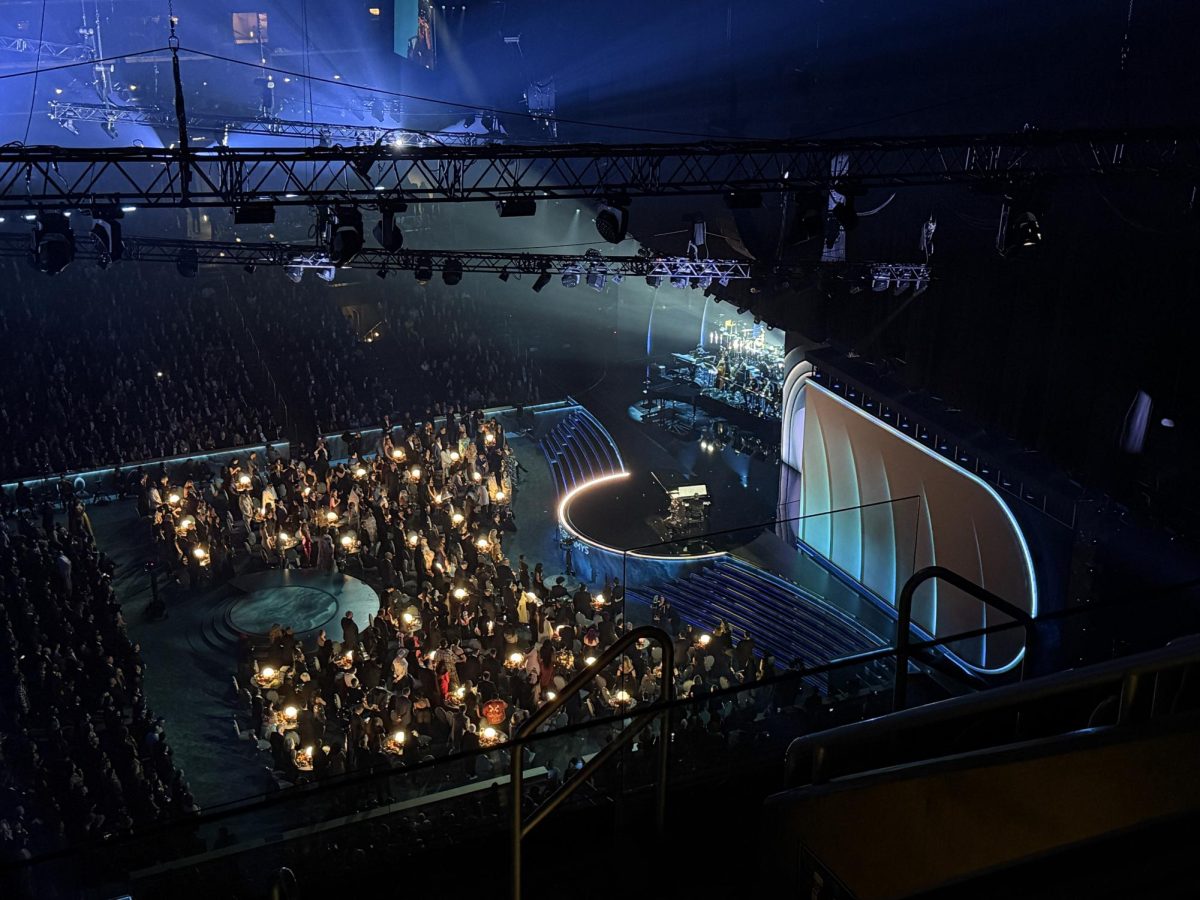Photo courtesy of Flipboard
Story by Nathaniel Nichols / Contributing Writer
On Friday, St. Vincent released her latest album, titled “MassEducation.” This album is the stripped down version of her previous album that came out last year, titled “MASSEDUCTION.” At first glance, the album titles look the same, but that is not the case. Vincent’s new vision called for a spelling change of the album. St. Vincent recorded “MassEducation” in a different and raw format to showcase her versatility and vulnerability as an artist. St. Vincent’s chamber and baroque pop sound are absent on this album, but Anne Erin Clark, St. Vincent’s real name, and pianist Thomas Bartlett add some opulence and elegance to the production.
Clark said in a Rolling Stone interview how the creative process went with her reimagining of the album.
“Thomas and I faced each other – him, huddled over a grand piano, me, curled on a couch,” she wrote in a statement. “We neither rehearsed nor spoke about how to approach any song, but rather played two to three live takes, picked the best one and trusted in the feeling of the moment. It was fast, intuitive … raw.”
It is no surprise that Clark reinvents herself with each album. Clark describes this album as reimagination and rebranding of this record, and it works out in her favor. “Slow Disco” has been rebuilt three times, and in June, she released a faster version of the album that is inspired by a New York Gay Club called “Fast Slow Disco.”
The second song on “MassEducation,” “Savior,” is still sonically playful, but it has a somber mood. She cries out singing, “Please,” midway through the song, showcasing self-destructive sadness in the tone of her voice. Clark released live footage of her performing “Savior” a day before the album came out, showcasing Bartlett accompanying her on the piano. She dressed in what looks like a close comparison to Audrey Horne from “Twin Peaks.” Her quirky fashion sense matches the moody and sensual vibe of this song.
The change of the production, the way the tempo is and the way she sings influences the ubiquitous sadness of the song. The intensity of her vocals is slightly melodramatic. The iconic electric guitar sound featured on “MASSEDUCTION” turned into an angsty-like melancholia sound on tracks, such as “Young Lover” and “Smoking Section.” Ragged and sharp breaths fill up the angsty track on “Young Lover.” St. Vincent compares herself to a drug because her lover is addicted to her. Her lover falls in a drug-induced coma because of her.
“Wake up, young lover, I thought you were dyin’.”
Songs like “Fear The Future” and “Sugarboy” are tracks that need to be implemented into an interesting Broadway show because of her dark, yet pixie-manic energy. Her post-apocalyptic energy is shown through cathartic artforms performed in her music videos. The music video for “Digital Witness” looks like it could be an episode of “Black Mirror” on Netflix. It includes repetitive tasks, a bug-eyed St. Vincent dressed in what looks like a hospital gown and soldiers conducting a seance on a blue table. Clark is in some kind of alternate reality or other world, commanding people to do repetitive tasks. The eerie green slime that climbs up Clark’s leg from the “Los Ageless” music video would have to make an appearance in the Broadway show as well.
To contact Lifestyles Editor Sydney Wagner, email [email protected].
For more updates, follow us at www.mtsusidelines.com, on Facebook at MTSU Sidelines and on Twitter at @Sidelines_Life.




















